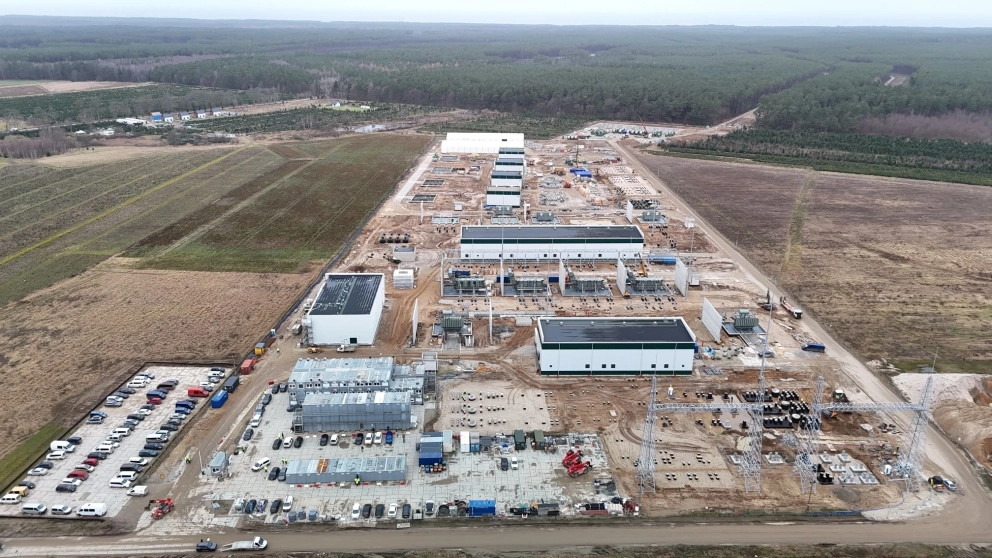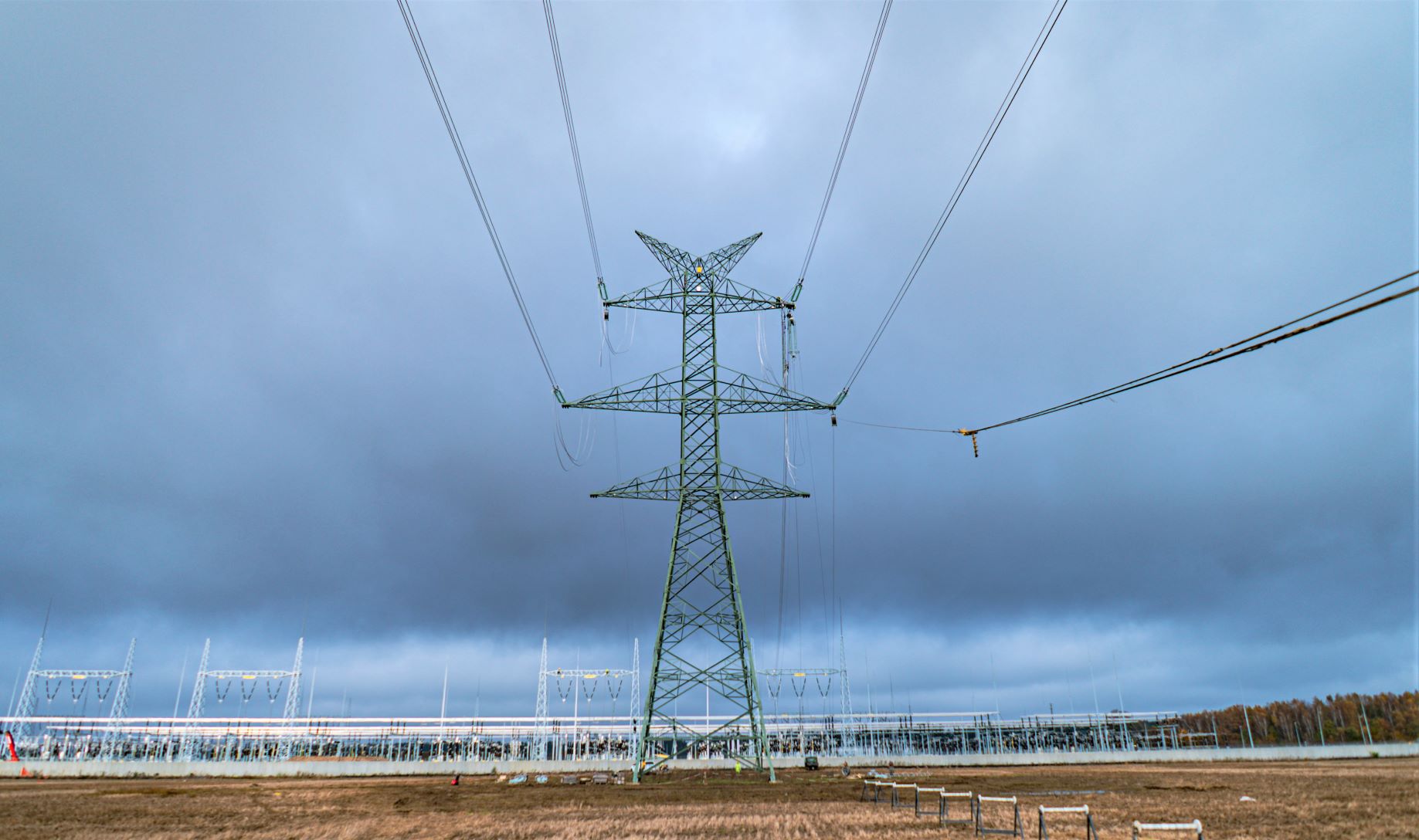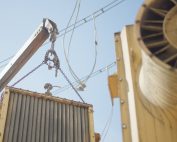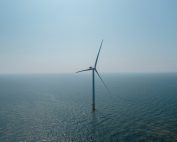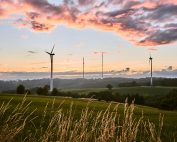Iberdrola has taken the final investment decision (FID) for its Windanker offshore wind farm in Germany, progressing the project into the delivery phase. Windanker is Iberdrola’s third offshore wind initiative in the German Baltic Sea, following the operational 350 MW Wikinger and the 467 MW Baltic Eagle project.
The company has finalized all supply chain contracts for the main components of Windanker, marking a significant milestone. The project will see the installation of 21 state-of-the-art wind turbines, each with a power capacity of 15 MW, making them among the most powerful on the market. Windanker will have a total capacity of 315 MW, sufficient to supply clean energy to 315,000 households.
Iberdrola is investing over €1 billion in this major green energy project, which will create more than 1,200 jobs during its construction phase. The project involves collaboration with 130 suppliers from 22 countries. The commissioning of Windanker is scheduled for the last quarter of 2026, with most of the renewable electricity generated to be traded through long-term power purchase agreements (PPAs) on the German market.

The Windanker project leverages advancements in offshore wind technology and Iberdrola’s expertise in the Baltic Sea to maximize efficiency. The project has also reached a critical milestone with the authorization of the submarine cable route, which is essential for connecting the offshore substation, located about 24 kilometers away, to the German national grid. The approval was granted by 50Hertz, the electricity system operator in northeast Germany.
Van Oord, the company involved in developing the Baltic Eagle offshore wind farm, will handle the transport and installation of the monopile foundations and interconnecting cables. Their heavy lift vessel, Svanen, will be deployed for this task, having already installed over 700 foundations across Europe.
Germany aims to develop 20,000 MW of offshore wind capacity by 2030, with potential revisions to increase this target following recent regulatory changes to achieve a 65% reduction in CO2 emissions by 2030 and 88% by 2040, ultimately reaching climate neutrality by 2045. This regulatory stability and predictability create a favorable environment for renewable energy developers like Iberdrola.
Source: Iberdrola




